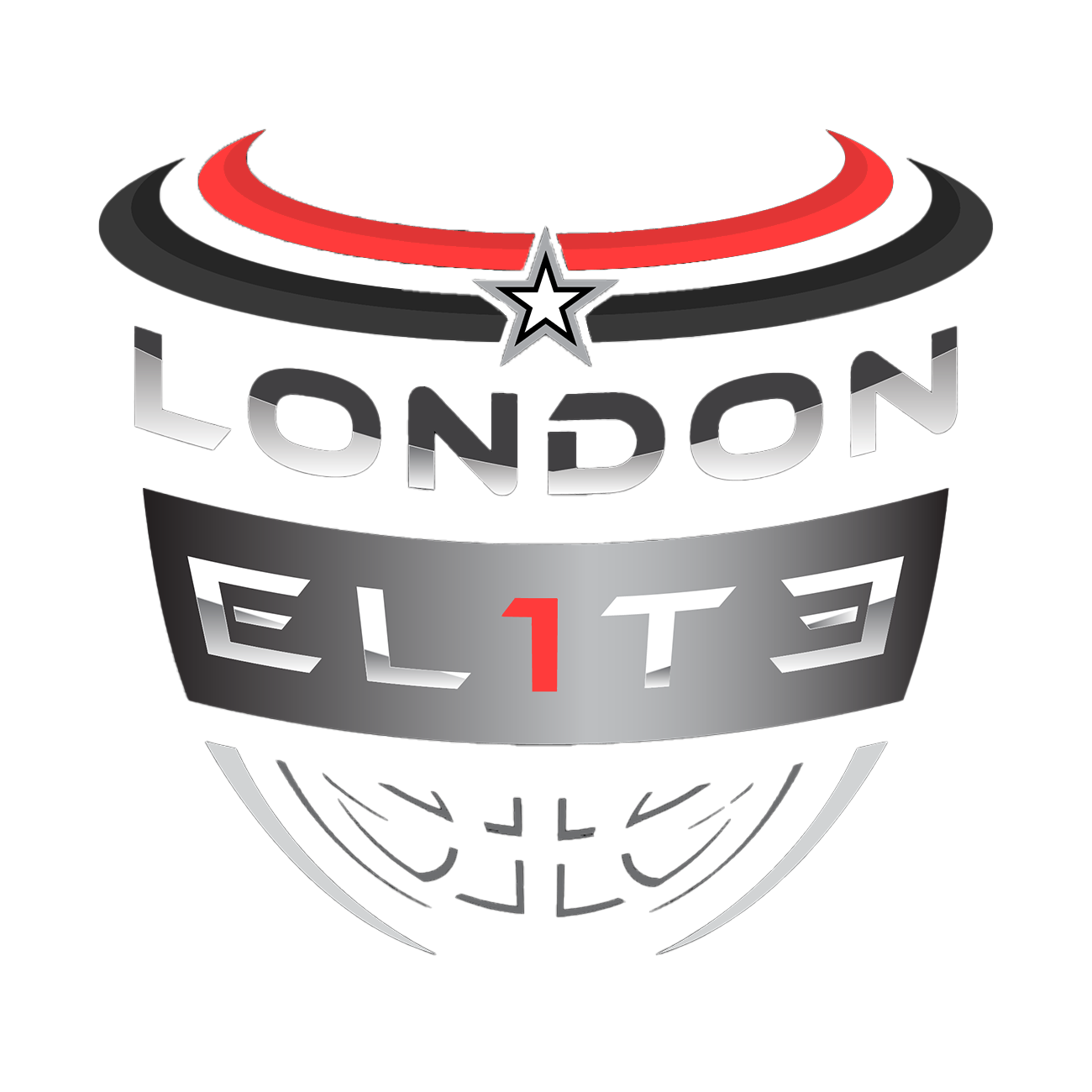Basketball contains numerous intricate rules that often confuse players, coaches, and fans alike. The complexity stems from specific timing requirements, precise movement restrictions, and nuanced interpretations that vary by situation.
Traveling Violations
The traveling rule represents one of basketball’s most misunderstood regulations. A player commits traveling when they move their feet illegally while holding the basketball. The complexity arises from multiple scenarios and exceptions that must be carefully distinguished.
Pivot Foot Mechanics: Once a player establishes a pivot foot, it cannot be lifted before the ball is released to dribble. If the pivot foot is lifted, it must not return to the floor before the ball leaves the hands. This creates confusion because players often believe they can lift their pivot foot before starting a dribble, which is actually illegal.
Step Count Variations: Different leagues interpret step counting differently. In most leagues, players are allowed two steps after gathering the ball during a dribble before they must pass, shoot, or continue dribbling[11]. However, the NBA’s “gather step” or “zero step” is not counted as one of the two steps, which can appear to be three steps to casual observers.
Air Ball Scenarios: The rule becomes particularly complex when shots miss entirely. A player who takes a shot may not be the first to touch the ball if it fails to make contact with the hoop, backboard, or another player. This creates situations where legal movement suddenly becomes traveling based on shot outcome.
Double Dribble Violations
Double dribble rules involve intricate timing and ball control requirements. A double dribble occurs when a player ends their dribble by catching or holding the ball, then begins dribbling again. The complexity lies in determining exactly when a dribble has ended.
Two Primary Violations: The rule encompasses both stopping and restarting a dribble, and dribbling with both hands simultaneously. Players often struggle with the precise moment when their dribble is considered “ended” – once the ball is gathered with both hands or comes to rest, any restart constitutes a violation.
Control vs. Loss of Control: Players may dribble a second time if they lost control due to a field goal attempt at their basket, provided the ball touches the backboard or basket ring. This exception requires referees to distinguish between voluntary ending of a dribble and involuntary loss of control.
Three-Second Lane Violations
The three-second rule contains multiple layers of complexity regarding timing, positioning, and exceptions. Offensive players cannot remain in the paint for more than three seconds at a time.
Continuous Counting Scenarios: The count continues during interrupted dribbles and when a player has one foot in the lane and one outside. Remarkably, if a player lifts the foot that’s in the lane so neither foot touches inside, the count continues until both feet touch the court outside the lane.
Exception Periods: There is no three-second count between shot release and offensive rebound control, during throw-ins, or while the ball is in the backcourt. Players must understand these timing nuances to avoid violations while maximizing their positioning advantage.
Substitution Procedures
Basketball substitution rules involve complex protocols that vary by timeout type and game situation. During full timeouts, all players may be substituted, but during 20-second timeouts, only one player may be replaced by the team calling the timeout.
Cascading Substitution Rights: The opposing team can only make substitutions after the timeout-calling team makes their substitution. If the calling team doesn’t replace a player, the opponent cannot make any substitutions. This creates strategic implications where teams must carefully consider their substitution timing.
Entry Requirements: Substitute players must wait at the scorer’s table and receive permission before entering[6]. The official game scorer must “beckon” to grant permission, and technical fouls result from improper entry timing.
Goaltending and Basket Interference
Goaltending rules involve precise spatial and temporal judgments about ball trajectory and defender positioning. Defenders cannot touch the ball while touching or directly above the rim, cannot touch balls with scoring chances after hitting the backboard regardless of trajectory, and cannot “trap” balls against the backboard.
Downward Trajectory Complexity: The rule prohibiting contact with balls on downward trajectories requires split-second judgments about ball flight paths. Defenders also cannot touch balls with hands through the basket or shake rims in ways that alter shots.
Shot Clock Violations
Shot clock rules contain intricate reset conditions and timing requirements. Teams must attempt field goals before the 24-second clock expires, but the ball can be in flight when time expires as long as it leaves the player’s hand beforehand.
Reset Scenarios: The clock resets when possession changes, but not when defenders make brief contact without gaining possession or when shots miss the rim entirely. Understanding when the clock resets versus continues requires detailed knowledge of possession definitions and contact types.
These complex rules require extensive study and experience to master fully. Their intricate nature reflects basketball’s evolution from simple recreational activity to sophisticated competitive sport, where precise regulations ensure fair play while maintaining the game’s dynamic flow.
